Best universal remotes: from entry-level clickers to pro zappers
Our pick of the best universal remotes, and how to use them
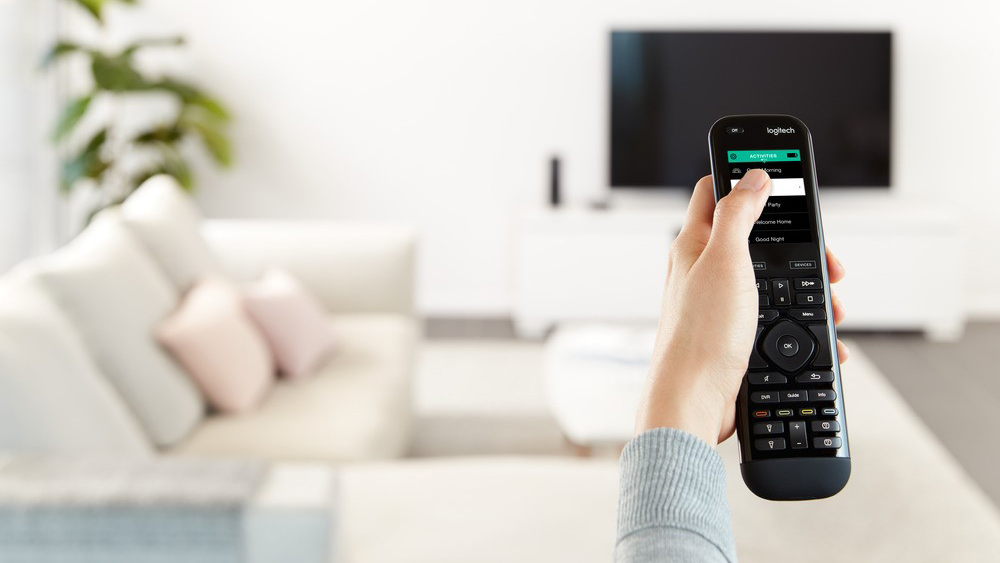
The best universal remotes you can buy in 2021 bring more efficiency to your smart home set-up. They let you take full control of all of the gadgetry you have installed from one, simple-to-use remote. If you’re feeling a bit overwhelmed by all of the tech in your home, a universal remote is a great purchase to get the most from your devices. And as the festive period is now upon us, it's a fantastic time of year to grab a universal remote for you or a loved one this Christmas.
But how do you go about finding the ideal universal remote? There's lots of options available, meaning it can be tricky to figure out if the cheaper remotes out there will be good enough, or if you need to splash out on a $300 / £300 / AU$500 clicker that might not be worth it in the long-run.
To help you avoid overspending on one of the best universal remotes, we've put together a complete guide to everything you need to know about these futuristic clickers, including how they work, how much you should realistically spend on one for your home, and which models we'd recommend above all else.
With the rise of voice-activated smart speakers, like the Amazon Echo with Amazon Alexa and Google Home with Google Assistant, the humble universal remote may have less of a role to play in the present day living room than it had in its heyday a few years ago. That’s likely why one of the biggest makers of universal remotes, Logitech has recently said it will no longer be manufacturing its series of Harmony universal remotes – although support for them is still available.
Even so, not everyone likes voice controls or finds them accessible, so until voice tech is advanced enough to take over entirely and interpret your voice perfectly, there are still reasons to palm the remote when you need it – even if you just want a premium experience with one of the best TVs.
So, which is the best universal remote you can buy, and what makes it worthy of your hard-earned cash?
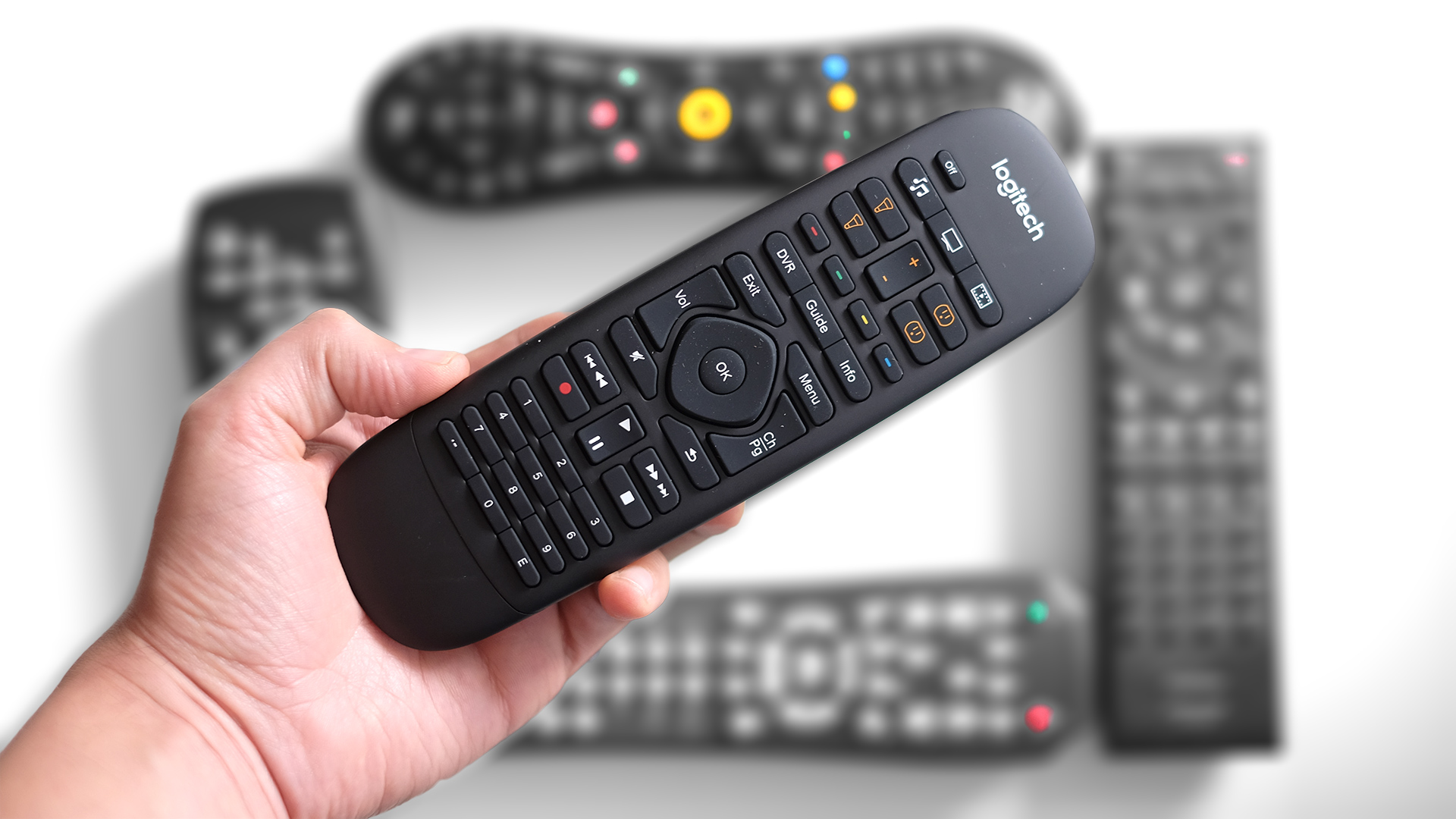
What is a universal remote?
Why you can trust TechRadar
Simply put, universal remotes are more advanced remote controls – exactly like the ones that come with your TV. The difference is that these devices are able to imitate the signals sent by your TV's original remote, AV receiver or other device.
If you're wondering why you should buy one, there are two key scenarios where they're ideal: either you've lost your original remote and are looking at a pricey replacement, or you're wanting to have fewer remote controls because your AV experience needs streamlining.
The best universal remotes are the perfect answer in both cases, and almost every universal remote uses infrared (or IR): the same signal protocol used by remote manufacturers as well.
Take a step up in price, and many mid-tier universal remotes boast companion apps and large databases that let you just select the TV or receiver you have on your mobile device: it's quicker, easier and less of a hassle to add new devices, in case your AV setup ever changes. These remotes will also be able to support a larger number of devices with the one remote, as well as set up custom activities that action several commands at once.
One remote activity, which you might call Watch TV, could turn on your cable box, audio receiver and TV, change the receiver to the right channel and switch your TV to the right HDMI input, for example. Another popular option is to turn all of your equipment off with a single press of a button, but it's really up to you how you configure your remote.
Best high-end universal remotes

Best universal remote: Logitech Harmony Elite
Reasons to buy
Reasons to avoid
At $250 (£99, AU$449), the Logitech Harmony Elite obviously no small investment – and if you're not absolutely serious about the form and function of your home entertainment setup, then you needn't bother. But for anyone who wants one remote to control just about everything, you'd be hard-pressed to find anything that is both this functional and relatively easy to use out of the box.
If your setup is complex and you're seeking some automation in your routine, or you just can't stand the sight of a handful of differently-shaped remotes laying on your couch, then the Logitech Harmony Elite might be a luxury worth splashing out for. Despite the occasional hitch, it's a powerful universal remote that can wrangle your audio/visual madness, plus it looks and feels pretty good doing so.
The uptick in price is fully worth it for the number of devices that can be controlled with the one remote – 15 – compared to cheaper models that only support one.
Those after something even less pocket-draining for their universal remote should check out the Harmony 650, which has a display but no Harmony Hub support, and the Harmony 350, a basic £35/$38 remote that's a classic universal remote but can still combine the functions of eight remotes.

Best on a budget: One For All Essence 4
Reasons to buy
Reasons to avoid
If you're wanting to save money when shopping for the best universal remote you'll want something like the One For All Essence (which is only available in the UK by the way). These remotes work by utilizing a pattern of button presses to program the remote, selecting the right set of instructions for your hardware.
Manufacturers like Panasonic and Sony have only ever used a couple different patterns of instructions over the last decade or so for most of their TVs, and that means you can just cycle through them until you find the set of instructions that lets you operate the television you're trying to use.

Best basic gadget: Doro HandleEasy
Reasons to buy
Reasons to avoid
In the US, you'll also see a plethora of low-price remote controls to choose from. And if you're buying for an elderly relative, or want a super-simple remote that only covers the TV basics, then the Doro HandleEasy lets you change volume and channels – it's been around for years, but is a great lo-fi gadget without any added complications. It's very cheap, too!
Smartphones
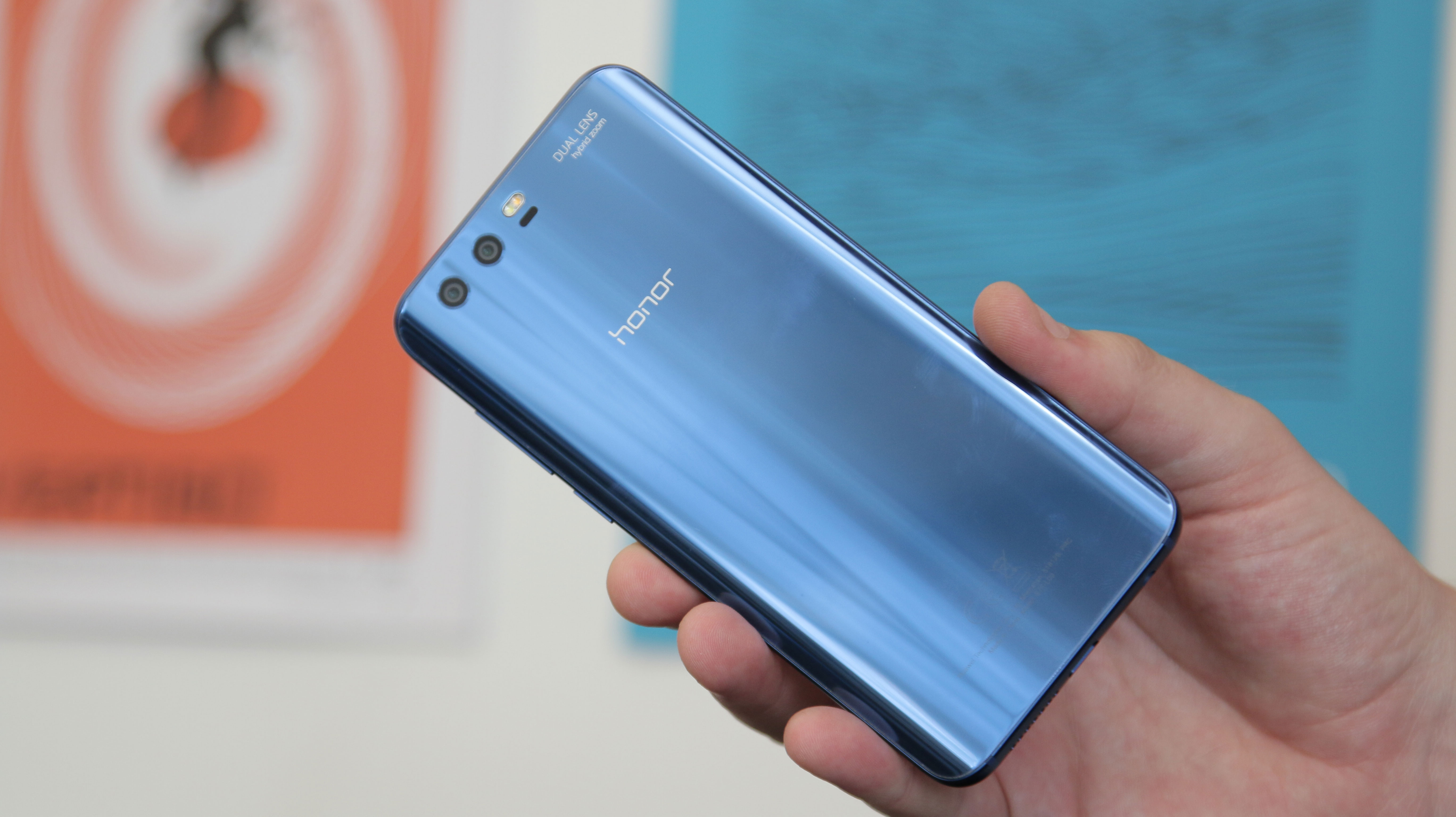
Not convinced you need a universal remote? Why not save yourself a bit of cash and use a device you already own. Because you might be holding the answer to your home entertainment solution in your hand right now.
That's because some phones will also function as universal remotes, although perhaps not the models you may think. They need to have a feature called an IR blaster, which enables them to transmit the same signals as a normal remote control.
These used to be somewhat common, but are now much rarer: current phones with an IR blaster include the Honor 9 and Huawei P20 Plus, and some Xiaomi phones have one too. The common thread is of course that these are Chinese companies.
The most recent mainstream phones to feature IR blasters were the LG G5 and LG V20, while the last flagship Samsungs with IR were the Galaxy S6 and S6 Edge, and those came out several years ago. These phones have apps that let you configure your own setup, with on-screen buttons for (almost) all your remotes' functions.
We know people who owned phones with IR blasters a few years ago, but who ended up spending a significant amount of cash on a universal remote, oblivious to their phone's abilities.
Have a phone with an IR blaster? You might want to check out a third-party remote control app like Peel or Sure, as these have a smarter interface than most of the built-in apps you'll come across.
Smart Home
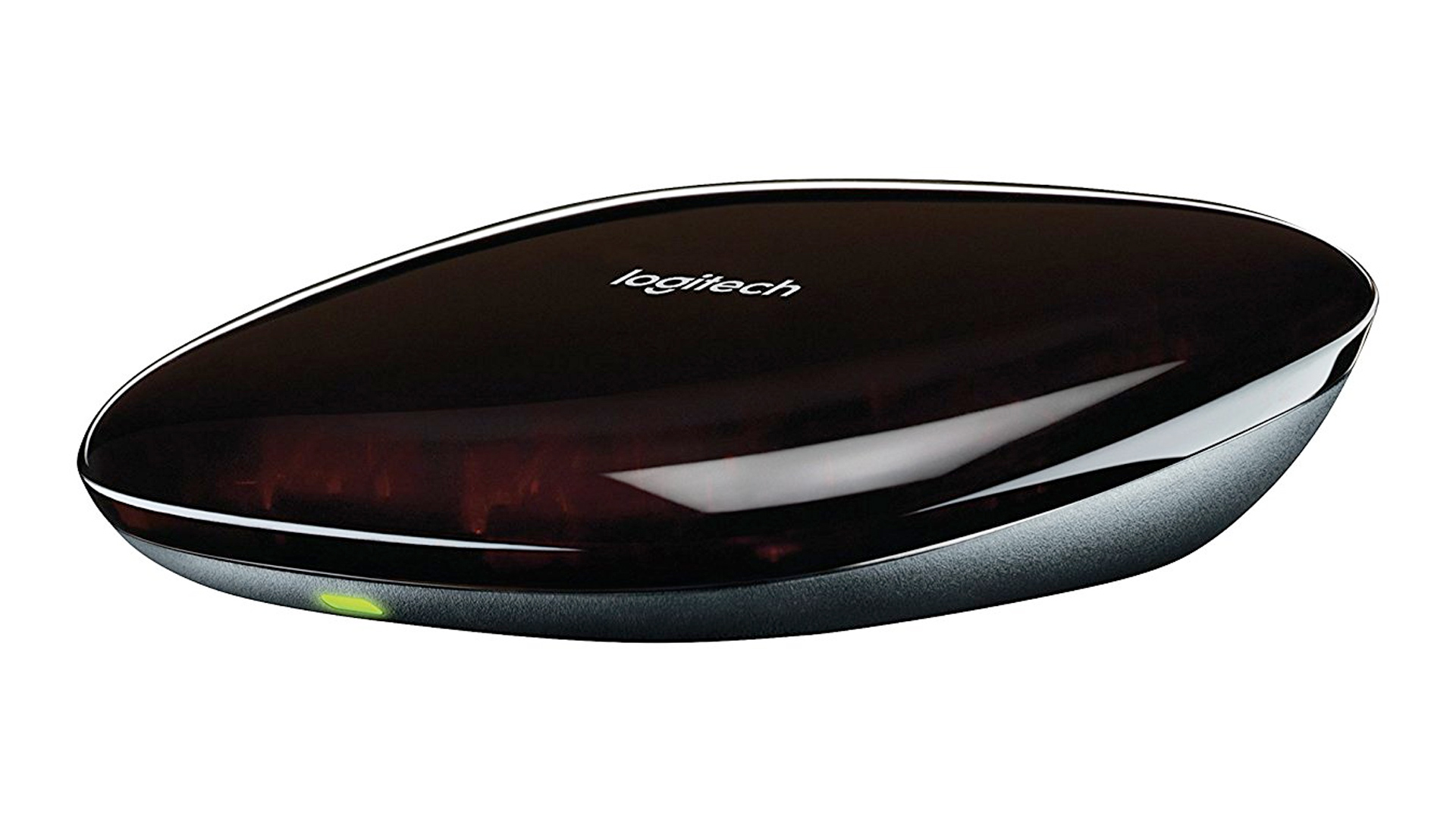
Logitech Home Hub
Reasons to buy
Reasons to avoid
A weakness that the vast majority of universal remotes share is that they can't control most smart home devices, or indeed the Sony PlayStation 4. This is because they use either Bluetooth, RF or Wi-Fi instead of our old friend infrared.
With that in mind you might not need a universal remote at all: instead, the answer might be to invest in a hub that supports these other standards, and right now you have two major options.
Logitech offers the best, and the most popular one – the Logitech Home Hub is compatible with Microsoft and Sony game consoles, and a wide range of smart home gadgets including Philips Hue lights. It connects to your home Wi-Fi network, and can be controlled either by a mobile app or one of Logitech's higher-end remotes if you prefer.
Using one of the Harmony series' tasty macro activities, you could therefore set the lighting level for movie night, as well as turning on your AV setup, with a single press on a button... welcome to the future.
Take a look at our Logitech discount codes for the best Logitech offers and savings.

Broadlink RM Pro
Reasons to buy
Reasons to avoid
Elsewhere, the Broadlink RM and RM Pro are hubs that can control IR and RF (Pro model) devices through a mobile phone app. They're significantly cheaper than the Logitech Home Hub, although as they don't use Bluetooth you can't use them to control a Sony PS4 console.
That gives you another low-cost way to make up for the lack of an IR blaster.
Voice control
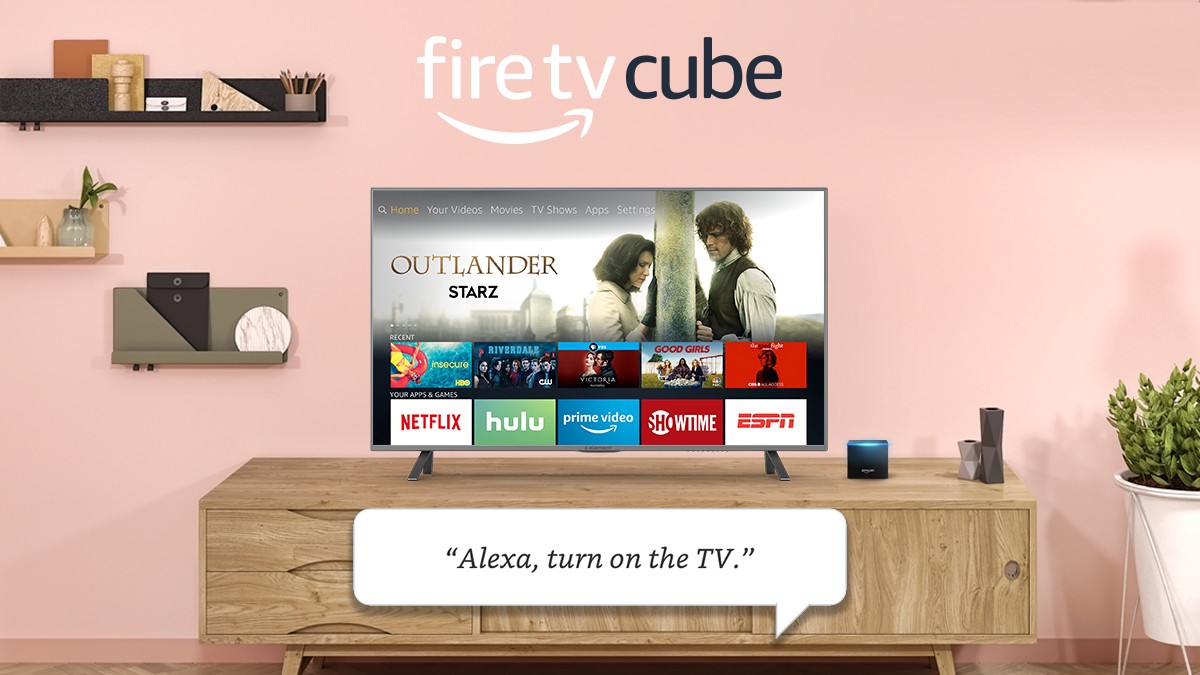
Amazon Fire TV Cube (2019)
Reasons to buy
Reasons to avoid
While it can't match the complete control capabilities of a universal remote, the Amazon Fire TV Cube allows you to control most functions on your TV using your voice.
By packing in the smart functionality and speakers of an Amazon Echo, it's a versatile smart speaker as well as competent media player and streamer. For the 2019 version of the Cube, the processor upgrade and inclusion of Dolby Vision are great new additions and, in spite of a few shortcomings, help to solidify the Cube's spot as one of the best streaming players to be released this year.
Yes, technically speaking you could do almost everything the Fire TV Cube does with an Amazon Echo Dot and Amazon Fire TV Stick 4K, but the hexacore processor-powered box moves faster and creates fewer frustrations. It's a cliche to say it, but the Fire TV Cube is greater than the sum of its parts.
Read the full review: Amazon Fire TV Cube (2019)
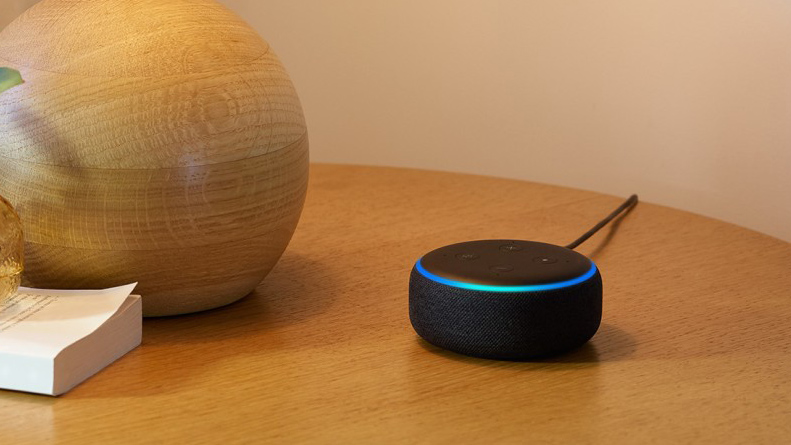
One additional benefit of the Logitech Home Hub system is that you can already control it through Amazon's digital voice assistant Alexa.
If you have an Amazon Echo, or an Echo Dot, or any other product with Alexa built-in, you can add a Harmony skill to it: using this you can say something like "Alexa, tell Harmony to turn on the TV", and it'll do exactly that (we've tried it out as part of our research for this guide, and it works rather well).
One day we'll be able to control everything over Wi-Fi, but until that day arrives, it's reassuring to see that universal remotes aren't content to become 'retro' gadgets – they’re actually keeping up with the times.
Best universal remotes FAQs: quick questions answered
Can universal remotes work on all TVs?
Most of the time, yes, a universal remote should work on any television. But it'll depend on the make and model of your remote and your TV. On the whole, your universal remote should work with all TVs made in the past ten years or so. But it's worth checking out the specific requirements of each before you buy one.
Are universal remotes worth buying?
There are two key scenarios where universal remotes are ideal: either you've lost your original remote and are looking at a pricey replacement, or you're wanting to have fewer remote controls because your AV experience needs streamlining. If you fall into one of those two camps, then yes, they're worth it.
How do I set up a universal remote control?
The set up process for your universal remote depends on the make and model. But on the whole, you'll need to ensure that your remote is fitted with the correct batteries and that you can point your remote at the TV, or other device, you're trying to control. From there, there are a couple of different ways to search for and add new devices, whether that's direct code entry, auto code search, brand code search or manual code search. It'll all depend on which remote you have, so be sure to follow the set-up instructions that come with it.
- Got your ultimate remote? Good. Now check out the best TVs out there
Sign up for breaking news, reviews, opinion, top tech deals, and more.

Andrew is a freelance journalist and has been writing and editing for some of the UK's top tech and lifestyle publications including TrustedReviews, Stuff, T3, TechRadar, Lifehacker and others.